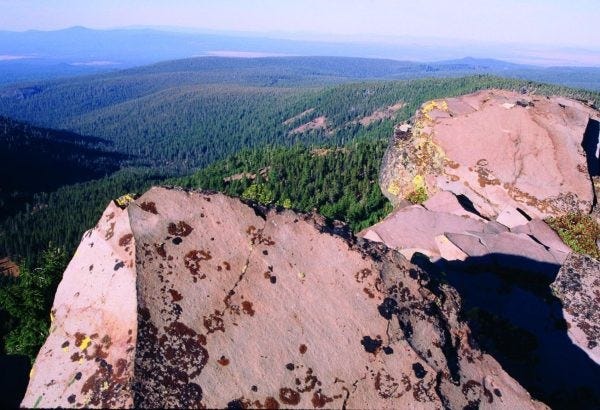Wildlife articles and news of interest from the month … carefully curated! 😊
Mongolia:
Saving Wild Camels
The world’s only wild camel breeding program was started in Mongolia in 2003 by the Wild Camel Protection Foundation (WCPF). Land for the program was secured within the Great Gobi Specially Protected Area, thanks to the assistance of the Mongolian Ministry of Nature. This space was the last remaining natural habitat for wild camels in Mongolia.
The wild camel (Camelus ferus) is the eighth most endangered large mammal on Earth, with an estimated 1,000 individuals. A breeding program is essential to their survival.
Watch a short film about the program and its successes here.
U.S. Fish & Wildlife Service Proposes Listing ‘Most Heavily Trafficked Mammal’ as Endangered
Seven species of pangolin from Asian countries and Africa that are poached for their scales and meat – and are seeing population declines – are under consideration for federal protections by the U.S. Fish & Wildlife Service.
As many as 2.7 million African pangolins are poached each year, mainly to supply demand in Asian markets. But border agents in the United States also seized 76 shipments with pangolin parts between 2016 and 2020.
Pangolins are currently protected under the Convention on International Trade in Endangered Species of Wild Fauna and Flora. International trade of this species is permitted only under exceptional circumstances, and international trade for commercial purposes is prohibited.
There is now a public comment period until Aug. 18, 2025. The Fish & Wildlife Service will review and consider comments before publishing a final rule. Please go to www.regulations.gov, docket number FWS-HQ-ES-2025-0028, to comment.
Read the Fish & Wildlife Service press release here.
The Treetop Primates of Cambodia, Laos, Vietnam
The red-shanked douc, a treetop dweller in Cambodia, Laos and Vietnam, is yet one more critically endangered animal on our planet.
The colorful monkey is a victim of the usual suspects – agriculture, development, logging and mining – which have destroyed the animal’s forest habitats. Additionally, the primates are hunted for their meat, killed for use in “traditional” medicine and sold for the international pet trade, all resulting in an estimated 80 percent drop in numbers over more than three decades.
But thanks to the work of the Vietnamese conservation organization, GreenViet, started in 2012, the situation may be looking up for this endearing primate. Ongoing PR for the red-shanked douc has raised the animal’s visibility and importance to the country among students, the public and community leaders, as well as those outside of Southeast Asia.
GreenViet also has been integral to Tra (known as “Monkey Mountain”), a 6,000-acre forested nature reserve that is home to a large population of red-shanked doucs, once thought vanished, according to the “Smithsonian Magazine.” The red-shanked douc population of Tra has grown from 350 in 2012 to an estimated 2,000 now.
Read the full story here.
60 Million Roadless Acres in U.S. National Forests in Jeopardy
Secretary of Agriculture Brooke Rollins announced the administration’s plan to open 58.5 million acres of national forest roadless areas to roading and logging. According to the USDA press release, “This outdated administrative rule contradicts the will of Congress and goes against the mandate of the USDA Forest Service to sustain the health, diversity and productivity of the nation's forests and grasslands. Rescinding this rule will remove prohibitions on road construction, reconstruction, and timber harvest …”
“The Wildlife News” assesses this change differently:
“Since the Clinton administration promulgated the roadless area conservation rule (RACR) shortly before leaving office in 2001, the RACR has been extensively litigated, with the forces of darkness generally losing every challenge (so far).
“In a nutshell, Republican administrations (Little Bush I and II, and Trump I) have sought wholesale revocation of the rule, as well as rule changes to exempt certain roadless areas in Alaska, Colorado, and Idaho. In contrast, later Democratic administrations (Obama I and II, Biden I and only) have generally – but not completely – undone the damage to the RACR done by Republican predecessors.”
Read article here.
Maria Fotopoulos writes about the connection between overpopulation and biodiversity loss, and occasionally other topics that confound her.
New Items in the Wildlife Shop at Printify!
When you make a purchase, it helps support my writing. Thanks!










